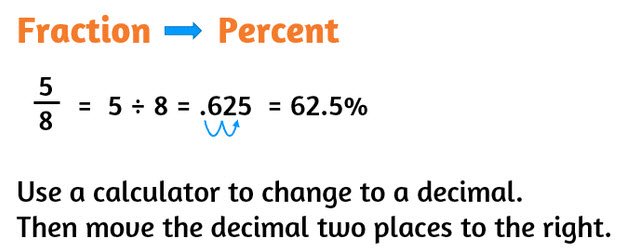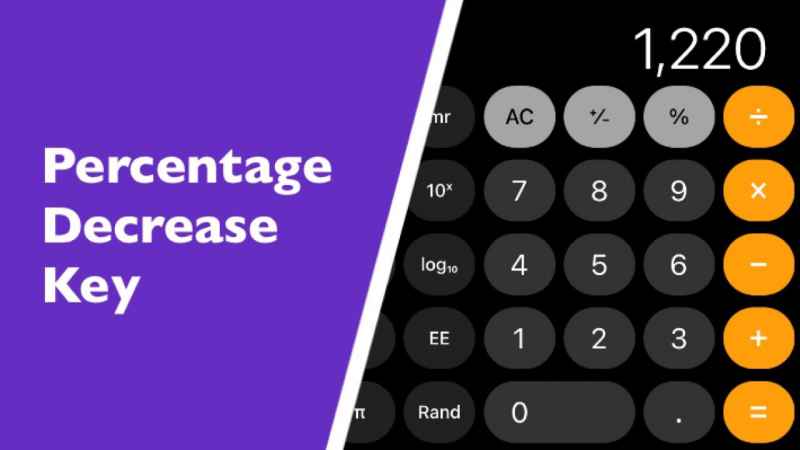Fraction To Percent Calculators
Fraction to Percent can be defined as the product of a fraction multiplied by the fraction to the power of 100. Where n is the fraction to Percent, d is your denominator, and p is your decider. In most instances, when working with decimals, the object you are multiplying should simplify the fraction into its fraction to percent form. That way, it will be easier for you to mentally visualize the fraction to percent conversion. Let us take a look at this concept in a little more detail.

Imagine there are two persons sitting at a table. Markov said that if you divide both their hands, their winning percentage will be the sum of their squares. Now, you draw a square on the top of your mind and write down numbers one through nine for each person. By dividing these numbers by the root of the fraction, you can see which group completes the prime number equation. Using this method, you can determine which group completes the other fraction to percent conformation.
With our minds on the square, we see that if you divide the winning fraction by its root, you will get the fraction to percent that determines the other group. Using these simple ideas, you can use the same method on every number that you draw. The percentage is the result of multiplying the fraction by each number. You’ll keep doing this until you change all the numbers.
To complete the fraction to percent congruity formula, you will need to multiply each fraction by its prime number. Each prime number will require a multiplication with an appropriate number not used in your fraction to percent conversion. For example, if your prime number is thirteen, you can multiply it with any number ranging from one to nine. You can also use multiples of thirteen.
You will now proceed to the next step. In your fraction to percent conversion, you will want to add up all of the fractions that you have drawn. This will give you all of the fractions you need to convert. For your congruence, you will need to add up all the mixed number percentages for each fracture you have drawn.
This part could appear daunting initially. However, when you view the problem in this light, it becomes much easier. If you can transform a fracture of one percent that means you will get more value from your investment than the money you have put into it. So, if you invest five dollars and get back fifty cents, this is considered a good deal. Therefore, it would be wise to do anything possible to make the most out of your investment, and converting a fraction to a percent can help you do just that.
Let us look at some other examples. We can use the fractions dollars, cents, doubles, triples, or pennies. When dealing with these different fractions and their conversions, always round to the nearest whole unit. For example, instead of rounding to the nearest tenth, think about rounding to the nearest tenth of a penny. There are numerous reasons for you to decide to make around. There’s no point in rounding or dividing by a long number.
One last thing to remember is that the fracture to percent calculator is intended as an educational tool and therefore has not been designed to convert money into any other type of unit. The denominator will always be rounding to the closest whole number. However, it can help you better understand how the fracture you would like to calculate has been valued in the past. Suppose you find that the denominator is not equal to the decimals. In that case, that indicates that you will not receive the full amount of money you put into the original fracture. This can be very frustrating indeed, and you would be wise to take the time to make sure that you fully understand the implications of rounding to a fraction to percent value before converting any figures.




Leave A Comment